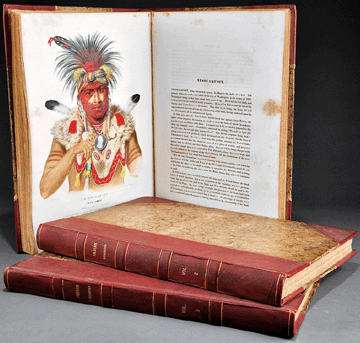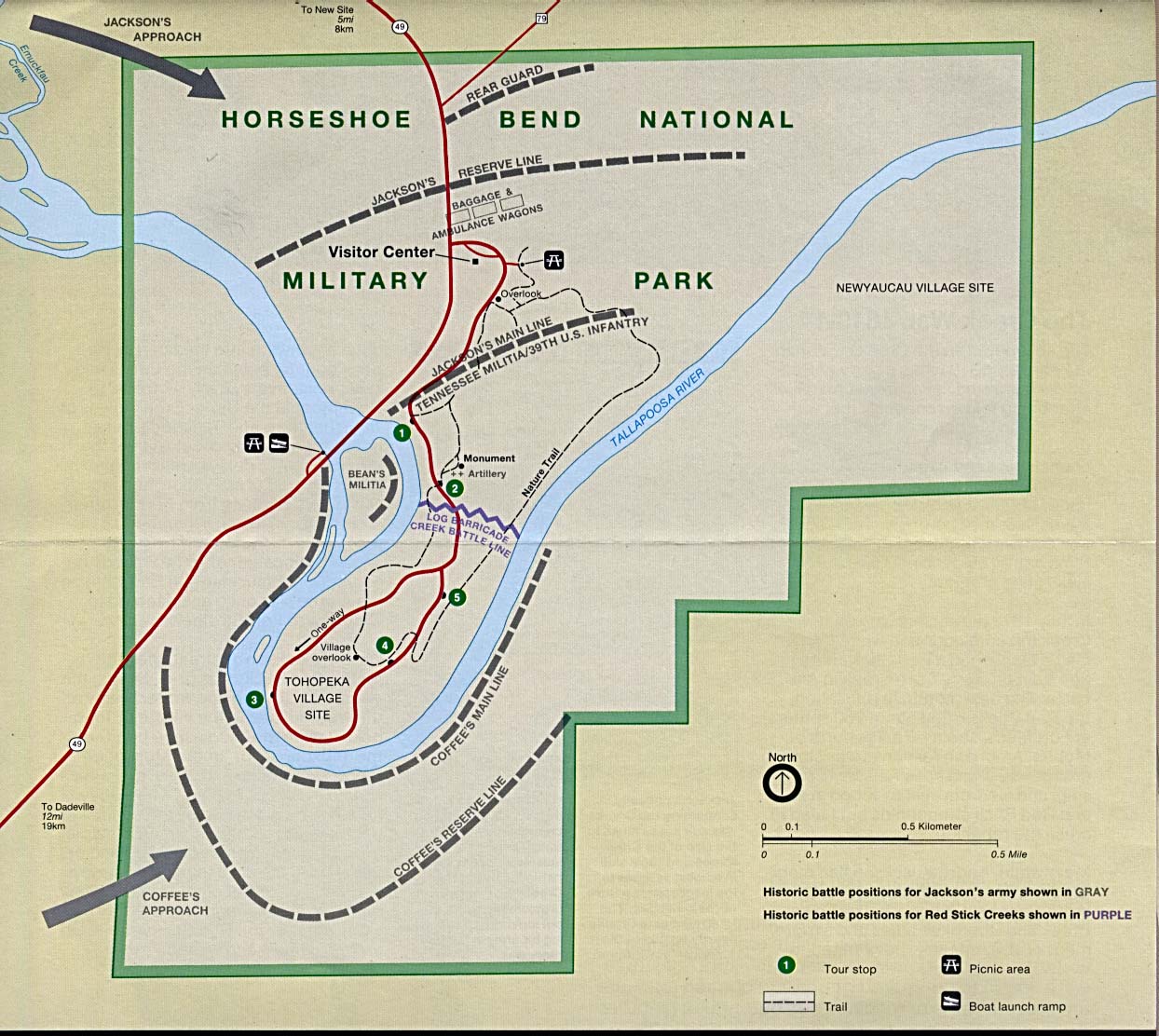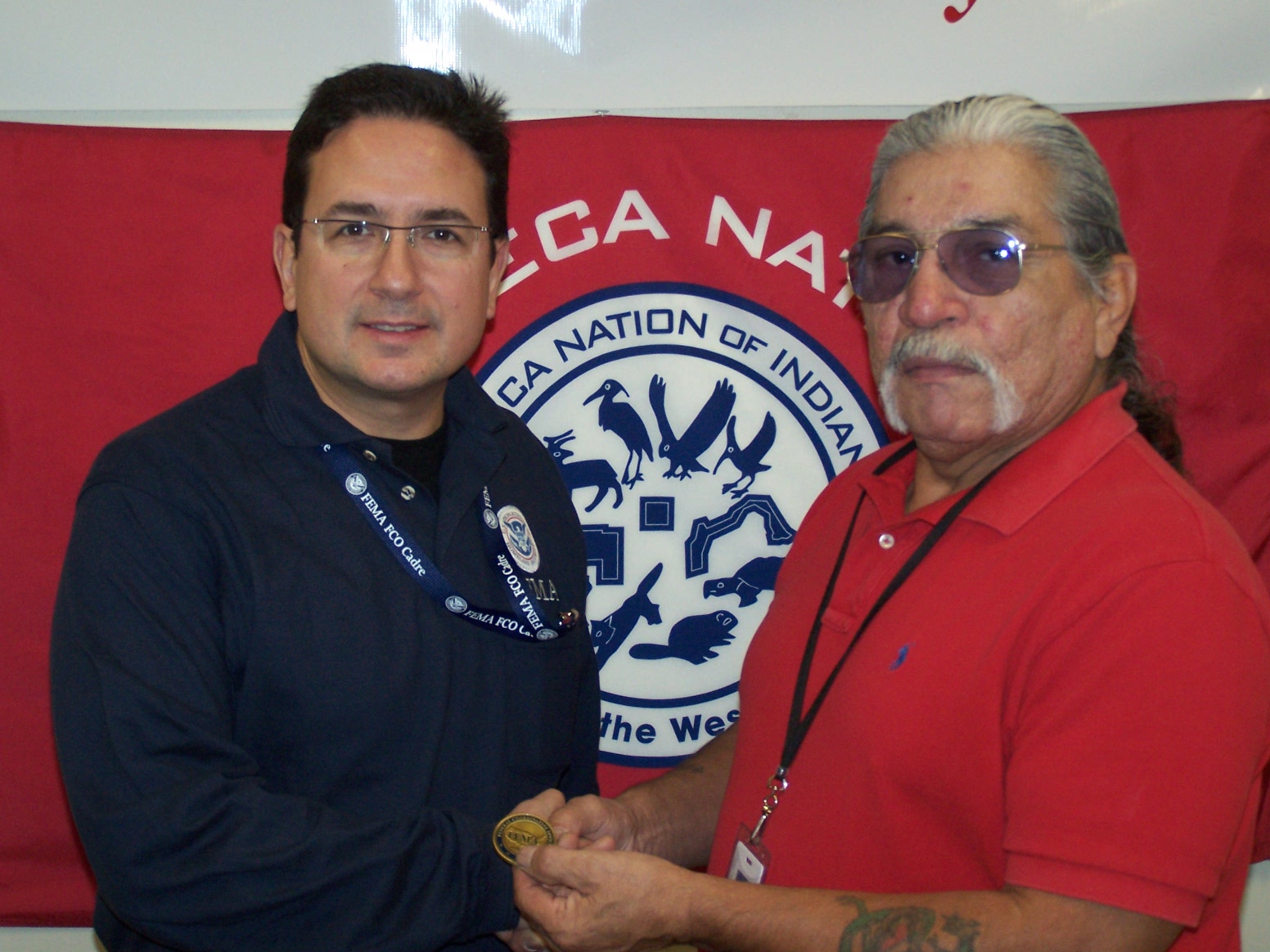|
Thomas L. McKenney
Thomas Loraine McKenney (21 March 1785 – 19 February 1859) was a United States official who served as Superintendent of Indian Affairs from 1824–1830. McKenny was born on March 21, 1785, in Hopewell, Maryland. He was the oldest of five boys, and was raised and received his education at Chestertown, Maryland. McKenney was a Quaker, which influenced his approach to interactions with Native Americans. After the abolition of the U.S. Indian Trade program in 1822, then Secretary of War John C. Calhoun created a position without legislation within the War Department entitled Superintendent of Indian Affairs (this later became part of the Bureau of Indian Affairs). McKenney was appointed to this position, and held it from 1824-1830. McKenney was an advocate of the American Indian “civilization” program, becoming an avid promoter of removal of Indian bands and tribes to west of the Mississippi River. He liked to be referred to as "Colonel" by those around him. Supe ... [...More Info...] [...Related Items...] OR: [Wikipedia] [Google] [Baidu] |
Thomas Loraine McKenney By Charles Loring Elliott, 1856, Oil On Canvas, From The National Portrait Gallery - NPG-NPG 2011 62McKenney D1
Thomas may refer to: People * List of people with given name Thomas * Thomas (name) * Thomas (surname) * Saint Thomas (other) * Thomas Aquinas (1225–1274) Italian Dominican friar, philosopher, and Doctor of the Church * Thomas the Apostle * Thomas (bishop of the East Angles) (fl. 640s–650s), medieval Bishop of the East Angles * Thomas (Archdeacon of Barnstaple) (fl. 1203), Archdeacon of Barnstaple * Thomas, Count of Perche (1195–1217), Count of Perche * Thomas (bishop of Finland) (1248), first known Bishop of Finland * Thomas, Earl of Mar (1330–1377), 14th-century Earl, Aberdeen, Scotland Geography Places in the United States * Thomas, Illinois * Thomas, Indiana * Thomas, Oklahoma * Thomas, Oregon * Thomas, South Dakota * Thomas, Virginia * Thomas, Washington * Thomas, West Virginia * Thomas County (other) * Thomas Township (other) Elsewhere * Thomas Glacier (Greenland) Arts, entertainment, and media *Thomas (Burton novel), ''Thomas'' (Bur ... [...More Info...] [...Related Items...] OR: [Wikipedia] [Google] [Baidu] |
Menominee
The Menominee (; mez, omǣqnomenēwak meaning ''"Menominee People"'', also spelled Menomini, derived from the Ojibwe language word for "Wild Rice People"; known as ''Mamaceqtaw'', "the people", in the Menominee language) are a federally recognized nation of Native Americans. Their land base is the Menominee Indian Reservation in Wisconsin. Their historic territory originally included an estimated in present-day Wisconsin and the Upper Peninsula of Michigan. The tribe currently has about 8,700 members. Federal recognition of the tribe was terminated in the 1960s under policy of the time which stressed assimilation. During that period, they brought what has become a landmark case in Indian law to the United States Supreme Court, in '' Menominee Tribe v. United States'' (1968), to protect their treaty hunting and fishing rights. The Wisconsin Supreme Court and the United States Court of Claims had drawn opposing conclusions about the effect of the termination on Menominee hu ... [...More Info...] [...Related Items...] OR: [Wikipedia] [Google] [Baidu] |
Sequoyah
Sequoyah (Cherokee language, Cherokee: ᏍᏏᏉᏯ, ''Ssiquoya'', or ᏎᏉᏯ, ''Se-quo-ya''; 1770 – August 1843), also known as George Gist or George Guess, was a Native Americans in the United States, Native American polymath of the Cherokee Nation. In 1821, he completed his independent creation of the Cherokee syllabary, making Reading (process), reading and writing in Cherokee possible. His achievement was one of the few times in recorded history that an individual who was a member of a pre-literate group created an original, effective writing system. His creation of the syllabary allowed the Cherokee nation to be one of the first North American Indigenous groups to have a written language. Sequoyah was also an important representative for the Cherokee nation, by going to Washington, D.C. to sign two relocations and trading of land treaties. After seeing its worth, the people of the Cherokee Nation (19th century), Cherokee Nation rapidly began to use his syllabary and ... [...More Info...] [...Related Items...] OR: [Wikipedia] [Google] [Baidu] |
Major Ridge
Major Ridge, The Ridge (and sometimes Pathkiller II) (c. 1771 – 22 June 1839) (also known as ''Nunnehidihi'', and later ''Ganundalegi'') was a Cherokee leader, a member of the tribal council, and a lawmaker. As a warrior, he fought in the Cherokee–American wars against American frontiersmen. Later, Major Ridge led the Cherokee in alliances with General Andrew Jackson and the United States in the Creek and Seminole wars of the early 19th century. Along with Charles R. Hicks and James Vann, Ridge was part of the "Cherokee triumvirate," a group of rising younger chiefs in the early nineteenth-century Cherokee Nation who supported acculturation and other changes in how the people dealt with the United States. All identified as Cherokee; they were of mixed race and had some exposure to European-American culture. Ridge became a wealthy planter, slave owner, and ferryman in Georgia. Under increasing pressure for removal from the federal government, Ridge and others of the Tr ... [...More Info...] [...Related Items...] OR: [Wikipedia] [Google] [Baidu] |
Clan
A clan is a group of people united by actual or perceived kinship and descent. Even if lineage details are unknown, clans may claim descent from founding member or apical ancestor. Clans, in indigenous societies, tend to be endogamous, meaning that their members can marry one another. Clans preceded more centralized forms of community organization and government, and exist in every country. Members may identify with a coat of arms or other symbol to show that they are an . Kinship-based groups may also have a symbolic ancestor, whereby the clan shares a "stipulated" common ancestor who serves as a symbol of the clan's unity. Etymology The English word "clan" is derived from old Irish meaning "children", "offspring", "progeny" or "descendants"; it is not from the word for "family" or "clan" in either Irish or Scottish Gaelic. According to the ''Oxford English Dictionary'', the word "clan" was introduced into English in around 1425, as a descriptive label for the organization ... [...More Info...] [...Related Items...] OR: [Wikipedia] [Google] [Baidu] |
Tribal Chief
A tribal chief or chieftain is the leader of a tribal society or chiefdom. Tribe The concept of tribe is a broadly applied concept, based on tribal concepts of societies of western Afroeurasia. Tribal societies are sometimes categorized as an intermediate stage between the band society of the Paleolithic stage and civilization with centralized, super-regional government based in cities. Anthropologist Elman Service distinguishes two stages of tribal societies: simple societies organized by limited instances of social rank and prestige, and more stratified societies led by chieftains or tribal kings (chiefdoms). Stratified tribal societies led by tribal kings are thought to have flourished from the Neolithic stage into the Iron Age, albeit in competition with urban civilisations and empires beginning in the Bronze Age. In the case of tribal societies of indigenous peoples existing within larger colonial and post-colonial states, tribal chiefs may represent their tribe or ... [...More Info...] [...Related Items...] OR: [Wikipedia] [Google] [Baidu] |
Seneca Nation
The Seneca Nation of Indians is a federally recognized Seneca tribe based in western New York. They are one of three federally recognized Seneca entities in the United States, the others being the Tonawanda Band of Seneca (also in western New York) and the Seneca-Cayuga Nation of Oklahoma. Some Seneca also live with other Iroquois peoples on the Six Nations of the Grand River in Ontario. The Seneca Nation has three reservations, two of which are occupied: Cattaraugus Reservation, Allegany Indian Reservation, and the mostly unpopulated Oil Springs Reservation. It has two alternating capitals on the two occupied reservations: Irving at Cattaraugus Reservation, and Jimerson Town near Salamanca on the Allegany Reservation."New York Casinos." ''500 Nations.'' (retrieved 31 May 2010) A fourth territory ''de facto'' governed by th ... [...More Info...] [...Related Items...] OR: [Wikipedia] [Google] [Baidu] |
Red Jacket
Red Jacket (known as ''Otetiani'' in his youth and ''Sagoyewatha'' [Keeper Awake] ''Sa-go-ye-wa-tha'' as an adult because of his oratorical skills) (c. 1750–January 20, 1830) was a Seneca people, Seneca orator and Tribal chief, chief of the Wolf clan, based in Western New York. On behalf of his nation, he negotiated with the new United States after the American Revolutionary War, when the Seneca as British allies were forced to cede much land following the defeat of the British; he signed the Treaty of Canandaigua (1794). He helped secure some Seneca territory in New York state, although most of his people had migrated to Canada for resettlement after the Paris Treaty. Red Jacket's speech on "Religion for the White Man and the Red" (1805) has been preserved as an example of his great oratorical style. Life Red Jacket's birthplace has long been a matter of debate. Some historians claim he was born about 1750 at ''Kanadaseaga'', also known as the Old Seneca Castle. Present-day G ... [...More Info...] [...Related Items...] OR: [Wikipedia] [Google] [Baidu] |
Pushmataha
Pushmataha (c. 1764 – December 24, 1824; also spelled Pooshawattaha, Pooshamallaha, or Poosha Matthaw), the "Indian General", was one of the three regional chiefs of the major divisions of the Choctaw in the 19th century. Many historians considered him the "greatest of all Choctaw chiefs". Pushmataha was highly regarded among Native Americans, Europeans, and white Americans, for his skill and cunning in both war and diplomacy. Rejecting the offers of alliance and reconquest proffered by Tecumseh, Pushmataha led the Choctaw to fight on the side of the United States in the War of 1812. He negotiated several treaties with the United States. In 1824, he traveled to Washington to petition the Federal government against further cessions of Choctaw land; he met with John C. Calhoun and Marquis de Lafayette, and his portrait was painted by Charles Bird King. He died in the capital city and was buried with full military honors in the Congressional Cemetery in Washington, D.C. Name T ... [...More Info...] [...Related Items...] OR: [Wikipedia] [Google] [Baidu] |
Choctaw Nation
The Choctaw Nation ( Choctaw: ''Chahta Okla'') is a Native American territory covering about , occupying portions of southeastern Oklahoma in the United States. The Choctaw Nation is the third-largest federally recognized tribe in the United States and the second-largest Indian reservation in area after the Navajo. As of 2011, the tribe has 223,279 enrolled members, of whom 84,670 live within the state of Oklahoma and 41,616 live within the Choctaw Nation's jurisdiction. A total of 233,126 people live within these boundaries, with its tribal jurisdictional area comprising 10.5 counties in the state, with the seat of government being located in Durant, Oklahoma. It shares borders with the reservations of the Chickasaw, Muscogee, and Cherokee, as well as the U.S. states of Texas and Arkansas. By area, the Choctaw Nation is larger than eight U.S. states. The chief of the Choctaw Nation is Gary Batton, who took office on April 29, 2014, after the retirement of Gregory E. Pyl ... [...More Info...] [...Related Items...] OR: [Wikipedia] [Google] [Baidu] |
Muscogee
The Muscogee, also known as the Mvskoke, Muscogee Creek, and the Muscogee Creek Confederacy ( in the Muscogee language), are a group of related indigenous (Native American) peoples of the Southeastern WoodlandsTranscribed documents Sequoyah Research Center and the American Native Press Archives in the . Their original homelands are in what now comprises southern , much of , western |
Menawa
Menawa, first called ''Hothlepoya'' (c. 1765 – c. 1836-40), was a Muscogee (Creek) chief and military leader. He was of mixed race, with a Creek mother and a fur trader father of mostly Scots ancestry. As the Creek had a matrilineal system of descent and leadership, his status came from his mother's clan. He grew up among the Upper Creek in present-day Alabama and, as an adult, became part of the "Red Sticks", a group that opposed assimilation and worked to revive traditional practices. During the Creek War (1813–1814), he led Red Sticks warriors and survived the Battle of Horseshoe Bend. To carry out punishment for the crime of an unauthorized land cession, in 1825 Menawa led about 150 lawmenders in an attack on chief William McIntosh, who had signed the Treaty of Indian Springs that year without the consent of the Creek National Council. They killed him, burned his mansion, and confiscated his property, including livestock and 100 slaves. Early life and education H ... [...More Info...] [...Related Items...] OR: [Wikipedia] [Google] [Baidu] |







